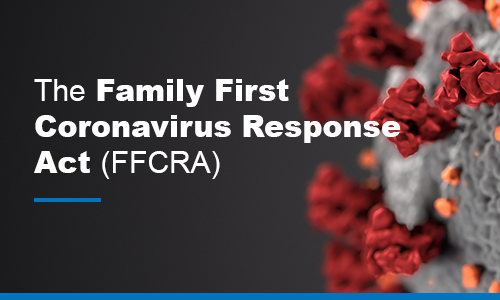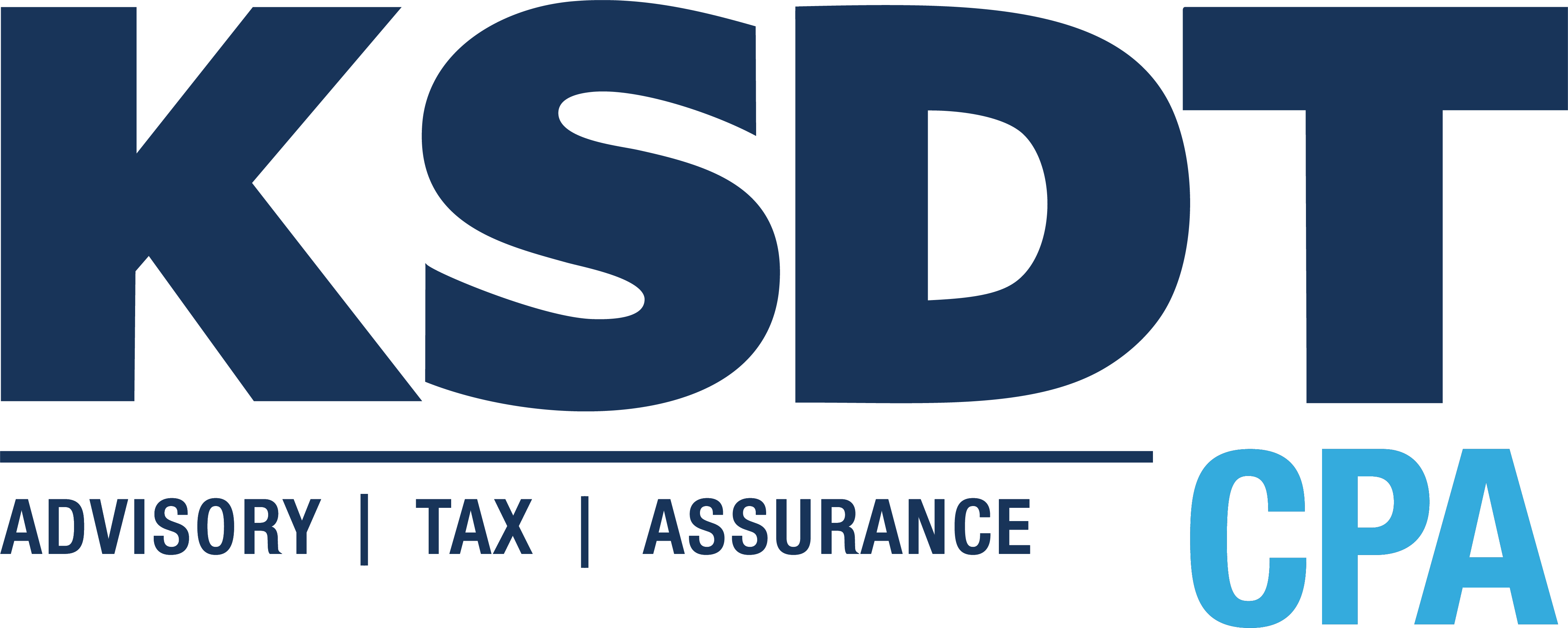
Changes Affecting Small Business Employers
Disclaimer: This article will provide a broad overview of this act. Be sure to consult with legal experts to fully understand how this legislation affects your business.
The Families First Coronavirus Response Act was passed on March 18, 2020 and contains several provisions that affect private businesses with fewer than 500 employees and all public employers. It goes into effect April 2, 2020.
The major sections affecting employers include:
- Emergency paid sick time leave
- Tax credits
- Expansion of the FMLA
Other important topics for employers right now includes the OSHA requirement to maintain a safe workplace and information regarding layoffs and furloughed employees.
Emergency paid sick time leave
If an employee cannot work or telework because of the following reasons, they are eligible for emergency paid sick leave in the amount of their regular pay, up to $511 per day and $5,110 for the benefit period.
- the employee is subject to quarantine or isolation
- the employee has been advised by a health care provider to self-quarantine
- the employee is experiencing symptoms of coronavirus and seeking a medical diagnosis
If an employee is unable to work or telework due to a need for leave because the employee is doing the following, they are eligible for two-thirds of their regular pay, up to $200 per day and $2,000 during the benefit period.
- Caring for an individual who is quarantined or isolated or has been advised by a health care provider
- Caring for their child if school or child care is unavailable
- Is experiencing “any other substantially similar condition specified by” the Secretary of Health and Human Services in consultation with the Secretaries of the Treasury and Labor.
The amount of sick time granted is the number of hours the employee normally works in a 2-week period, up to 80 hours.
Exemptions: The Secretary of Labor can exempt small businesses with fewer than 50 employees if compliance jeopardizes going concern. They can also exclude certain health care providers or emergency responders.
This section is effective No later than April 2, 2020 and expires December 31, 2020.
Employers will need to track emergency paid sick leave separately in their time tracking or payroll system as a special payroll item so that it can be calculated and reported for tax purposes.
Payroll Tax Credits
Employers will receive payroll tax credits for qualified emergency paid sick leave that they pay to employees. They will effectively be 100% reimbursed for what they pay out.
The tax credits include health insurance payments.
Expansion of the FMLA
The Family Medical Leave Act has been expanded to include another condition for employees who have worked for the employer for at least 30 days and who are unable to work because they need to care for their child during a public health emergency because their school or day care is closed.
The benefit includes two-thirds of the employee’s regular pay, up to $200 per day and $10,000 over the benefit period.
The duration of leave is 12 weeks, and the first 10 days taken may be unpaid, but the employee can use other paid leave for those days. Health care providers and emergency responders may be excluded.
After the leave, there are protections for job restoration with some exceptions.
Safe Workplace
OSHA requires employers to maintain a safe workplace for all employees. That means keeping the workplace clean and free of employees who might be contagious. Here is a list of approved cleaners that kill COVID-19: https://www.epa.gov/pesticide-registration/list-n-disinfectants-use-against-sars-cov-2
Employers have the right to send employees home that have a temperature, display symptoms, or otherwise endanger other employees. If sent home in the middle of the workday, they must be paid for their normal day.
The CDC guidelines have been updated for additional requirements such as social distancing and other strategies. You can find them here: https://www.cdc.gov/coronavirus/2019-ncov/community/guidance-business-response.html
Layoffs and Furloughs
An employer can lay off or furlough workers. There are three kinds:
- Permanent layoff is one where there is no rehire date. The employer must pay accrued vacation and sick leave, if any.
- Temporary layoff is one where there is an intention of re-hiring within six months. The employer may be required to pay accrued vacation and sick leave.
- Furlough is where hours are reduced or workers are asked to stop working for a few weeks.
In all three situations, employees should be directed to apply for state unemployment insurance.
If a small business finds that it can’t make payroll, the best thing to do is to contact your accountant and/or attorney to understand your options.
Guidance for Employers
If you need help understanding what you need to do in your small business to meet these new legal requirements, please contact your HR consultant, attorney, or accountant. Feel free to contact P.T. Anderson Accounting for guidance.
